Premium Only Content
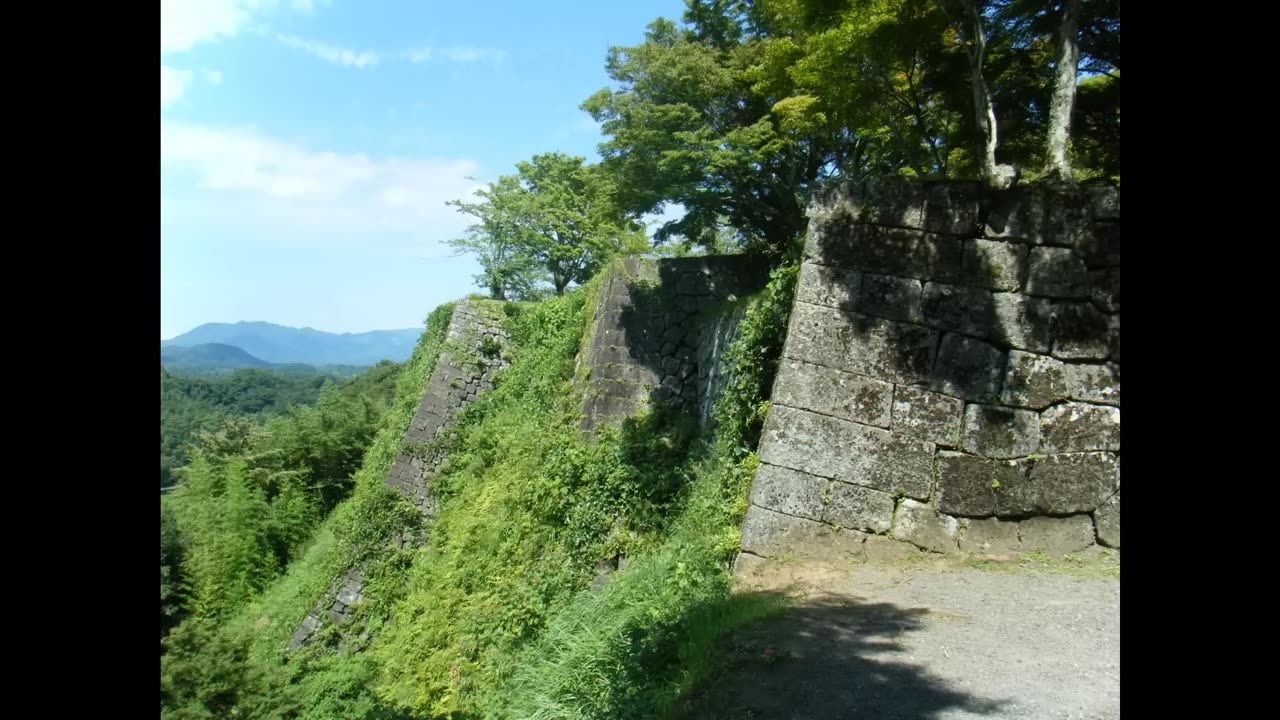
Japanese Masterpieces for the Koto (Full Album)
Japanese Masterpieces for the Koto (Full Album)
Lyrichord tape, this time from the 'Master Musicians of Ikuta-Ryu', no actual names. This one probably comes from the early to mid 70's.
Side 1:
1. 0:00 Sakura
2. 3:06 Soran-Bushi
3. 4:19 Kuroda-Bushi
4. 6:39 Niwa No Sanshu No Ki
5. 8:39 Utsukushiki Ten-Nen
Side 2:
1. 17:47 Banshu
2. 24:16 Kyo No Insho (A & B)
3. 32:03 Two Reikin Improvisations
"Koto music is divided into two distinct types. There is a kind which accompanies singing and another which is solely instrumental. The oldest known form of vocal koto music was called 'Kumiata', which was a group of short poems set to music to be sung in a given order. In the later koto music that developed from this, each poem was called a step or 'dan'. The term 'dan' is therefore basic to all discussions of koto music forms ('Ichidan', for example, means one step or poem; 'Midan', two steps. 'Rokudan' refers to six steps; 'Kudan', to nine.)
'Shirabemono' is the term for all strictly instrumental works written for the koto. "Rokudan" is a classic example of this form. There is reason to believe that this piece is of very ancient Chinese origin, although Yatsuhashi Kengyo, who began the Yatsuhashi school of popular koto music in Kyoto in the seventeenth century, is credited with this composition, as well as the other classics "Midare" and "Hachidan".
Not until the end of the seventeenth century, however, when Ikuta Kengyo founded a new style of koto music, was the instrument combined with the shamisen, and either kokyu or shakuhachi. This ensemble form, called 'sankyoku', "music for three" became, and still is, a most acceptable way of presenting koto music.
In the latter part of the eighteenth century, yet another koto teacher, Yamada Kengyo, borrowing from narrative shamisen music, founded a school and a style in which vocal expression to koto accompaniment was emphasized. The Yamada and Ikuta schools each possess their basic repertoires of standard pieces. Even in the nineteenth century they still tended to emphasize -- one, the vocal aspect, the other, the instrumental. And though both produce more of the instrumental types of music today, the distinction is still present in people's minds as they compare the two."
-
 5:16:04
5:16:04
Quest for Happiness
9 months agoMeditations by Marcus Aurelius - Audiobook | Philosophy | Stoicism 🏛️
7772 -
 1:09:05
1:09:05
BrutalMuSICK
1 year agoNoreaga - N.O.R.E. (Full Album)
33 -
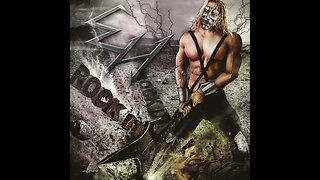 43:40
43:40
Rock, Hard Rock, Heavy Metal Music
1 year agoRock It (Full album)
82 -
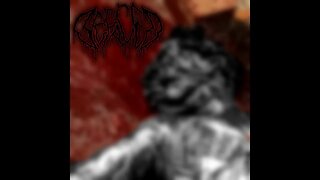 24:18
24:18
BrutalMuSICK
1 year agoDefaced - Self-Titled (Full Album)
9 -
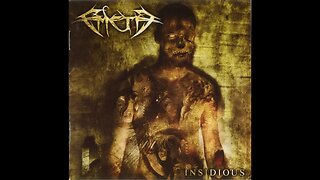 31:12
31:12
BrutalMuSICK
1 year agoEmeth - Insidious (Full Album)
6 -
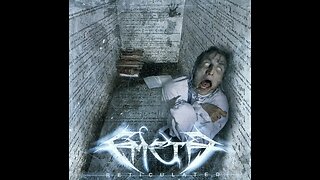 31:04
31:04
BrutalMuSICK
1 year agoEmeth - Reticulated (Full Album)
6 -
 52:00
52:00
AlsvartrPromotions
1 year agoAzaghal - Nemesis (Full Album)
313 -
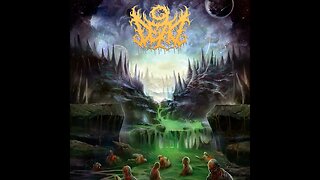 30:38
30:38
BrutalMuSICK
1 year ago9 Dead - Self-Titled (Full Album)
6 -
 30:44
30:44
BrutalMuSICK
1 year agoUrosepsis - Exploratory Autopsy (Full Album)
12 -
 26:54
26:54
BrutalMuSICK
1 year agoUngraceful - Artificial Aberrations (Full Album)
6